Game of Bids

Will the acquisition of Warner Bros Discovery be different this time?
Alibaba – A Chinese Streamlined Model
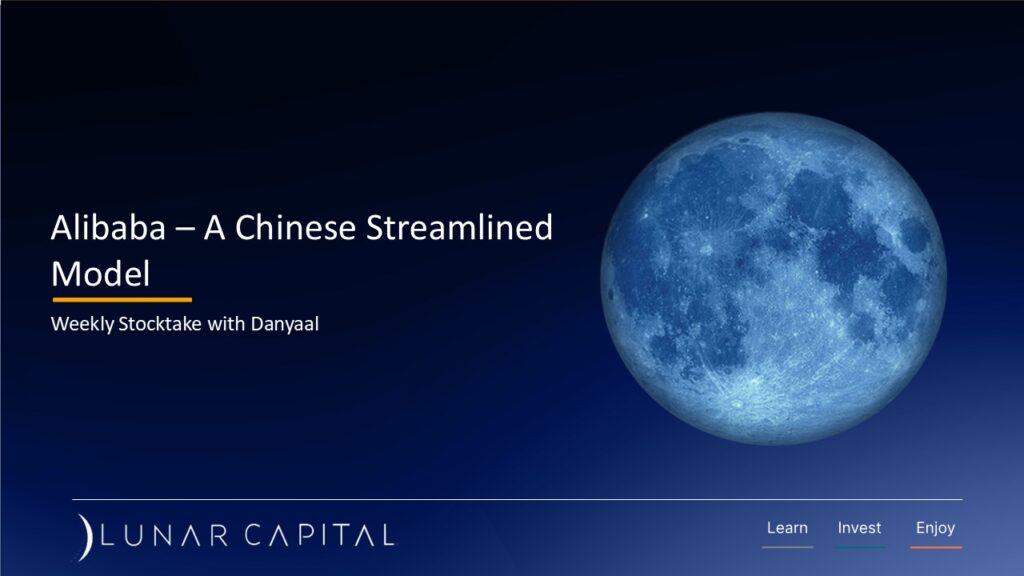
How one of China’s greatest business success stories is revitalising itself for growth.
Nvidia – Bubble or Brilliant?

Let’s cut through the noise around Nvidia’s recent results.
Disney – Too Much of a Good Thing
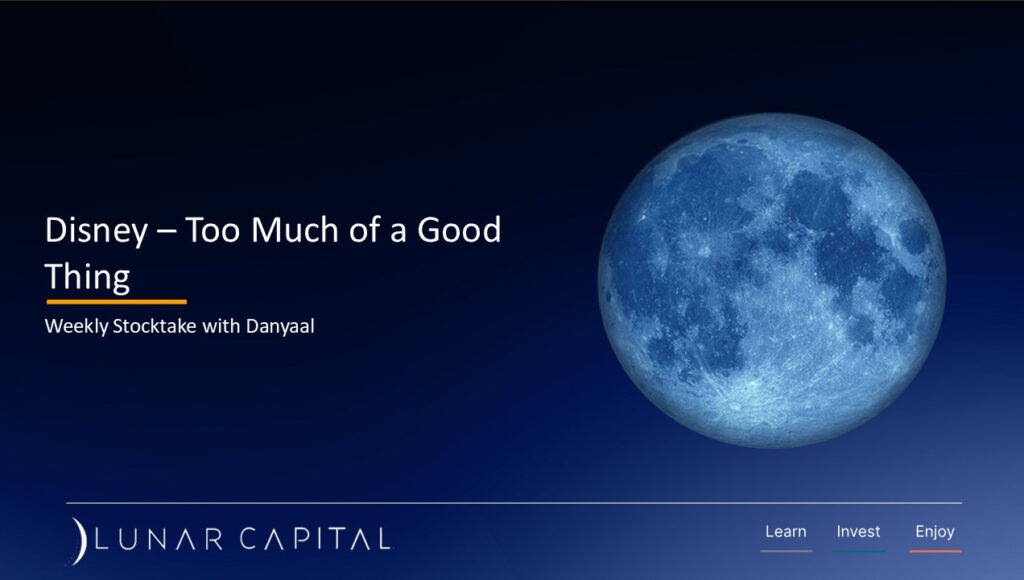
Has Disney become a villain in their own story?
The Spotify Trade-Off

Where can Spotify’s growth come from?
No Cap to CapEx
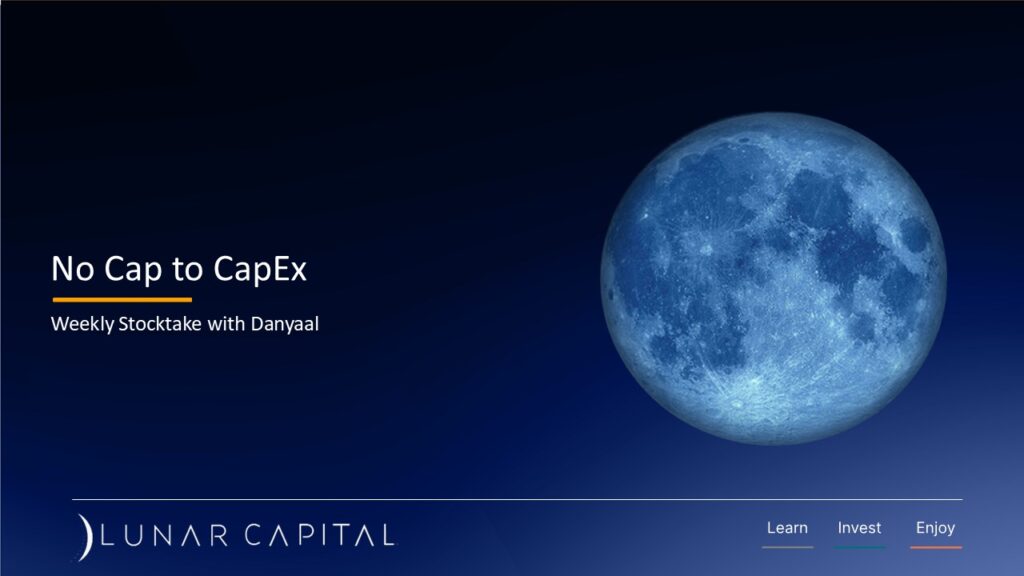
What are the risks and opportunities for Big Tech in AI infrastructure development?
Hand of Da Vinci

What is the business model of the company behind one of surgery’s most advanced tools?
AI Driven Demand

How are two fairly-unknown companies making the AI revolution possible.
Living the Long Life
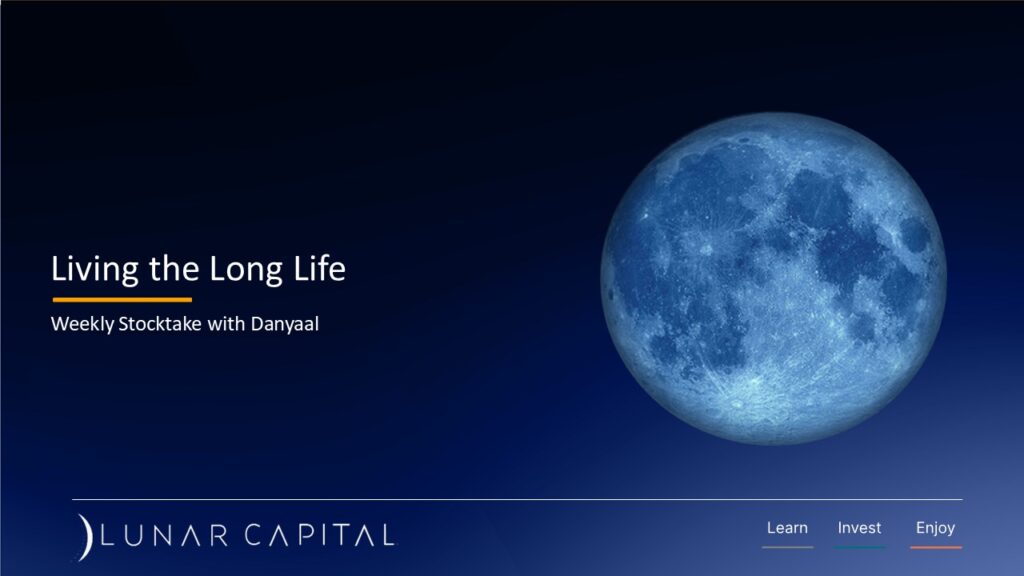
What are some of the consequences of an aging population?
Brand Agnosticism in Athleisure
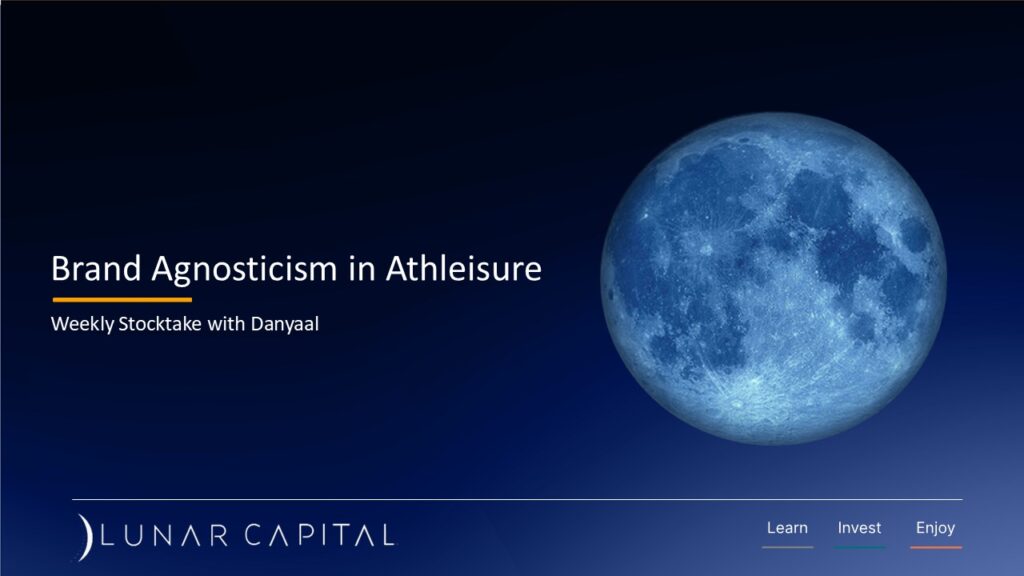
Why have clothing businesses found it so difficult to have a long reigns?
